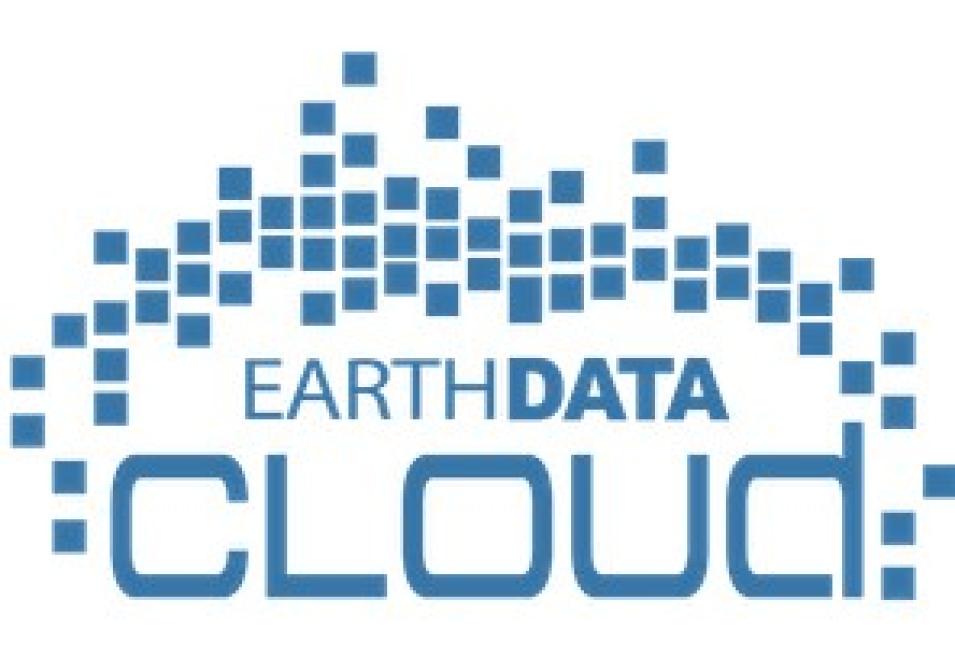In early 2023, NASA’s Level-1 and Atmosphere Archive and Distribution System Distributed Active Archive Center (LAADS DAAC) Phase 1 datasets completed their migration to the cloud. These datasets include Moderate Resolution Imaging Spectroradiometer (MODIS) Geolocation, Cloud Mask, and Level-2 and Level-3 Atmosphere Products, as well as LAADS DAAC products from the NASA Earth Science Data and Information System (ESDIS) Project's list of their 75 most popular data products.
The second phase, which LAADS DAAC expects to complete later in 2023, will include the Visible Infrared Imaging Radiometer Suite (VIIRS) Level-1, Geolocation, and Atmosphere products. This will be followed by MODIS Level-2 Surface Reflectance products, Long Term Data Records derived from the Advanced Very High Resolution Radiometer (AVHRR) instrument aboard NOAA’s Polar Orbiting Environmental Satellites (POES) and the ESA (European Space Agency) Meteorological Operational satellite (MetOps), the Medium Resolution Imaging Spectrometer (MERIS) aboard the ESA Envisat mission, ESA Sentinel-3A and Sentinel-3B Level-1 products, and airborne data products. A full list with updated information is available on the LAADS DAAC cloud migration webpage.
The migration is part of the NASA Earthdata Cloud Evolution, which aims to give data users new ways to access NASA’s collection of Earth science datasets, improve the efficiency of data systems operations, increase user autonomy, maximize flexibility, and offer shared services and controls. The migration of data to the Earthdata Cloud is a key component of the Transform to Open Science (TOPS) mission as part of NASA’s Open-Source Science Initiative.
To explore the datasets, services, and tools available from LAADS DAAC, visit its website. For the latest information about the migration of LAADS DAAC-distributed datasets to the cloud, visit the LAADS DAAC cloud migration webpage, noted above.
